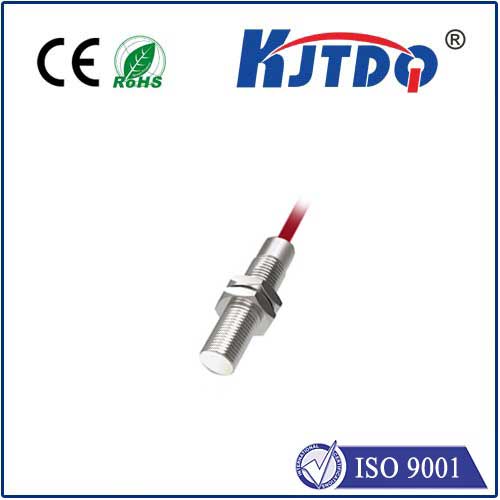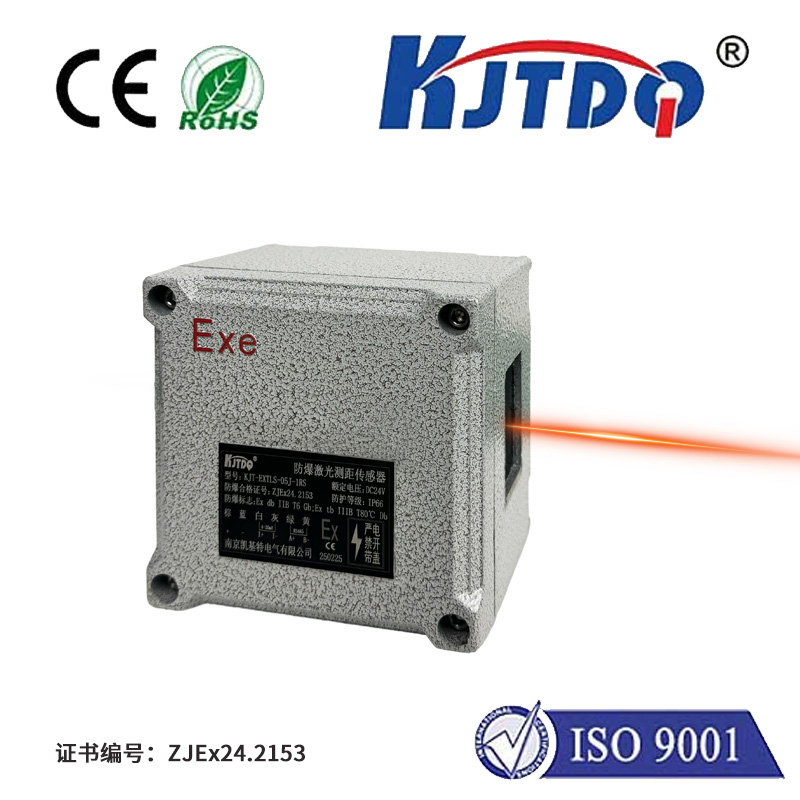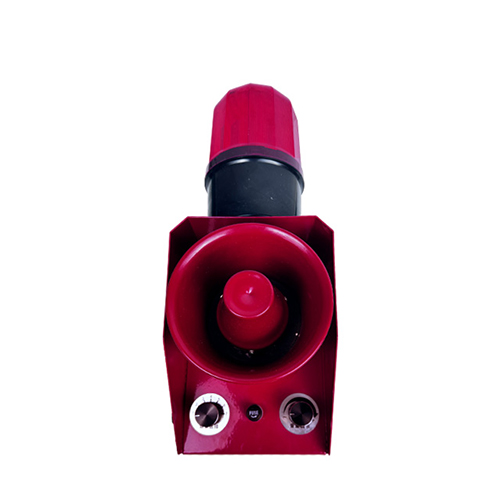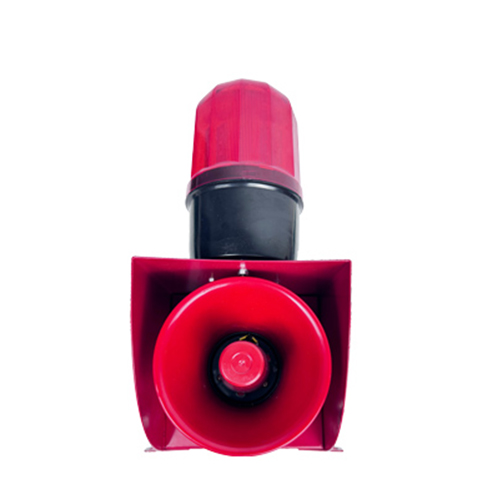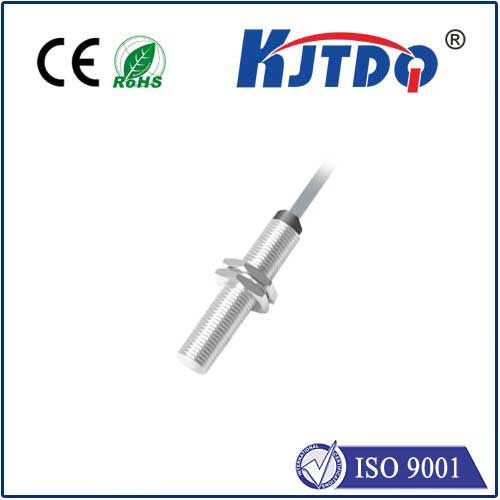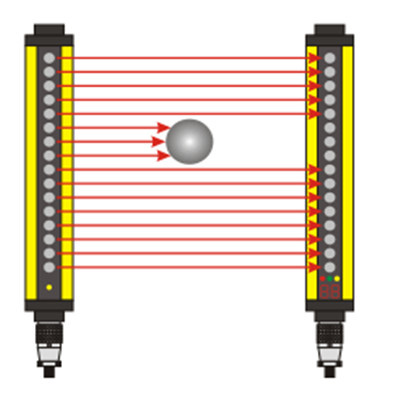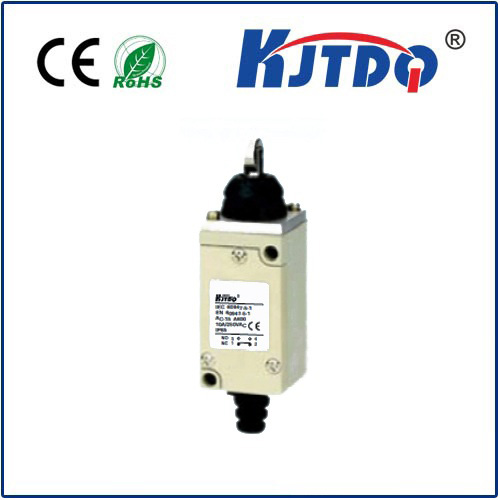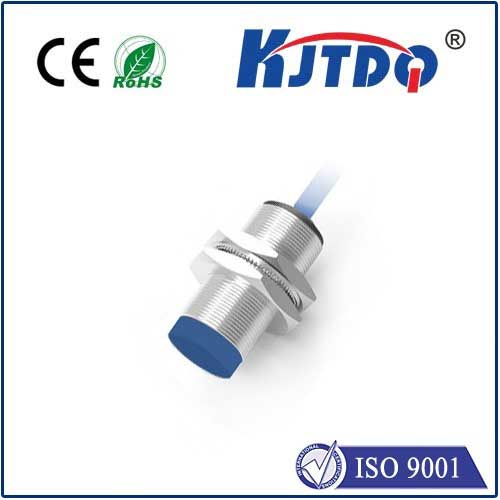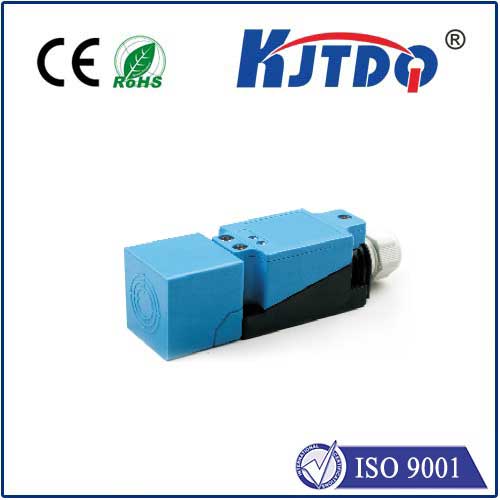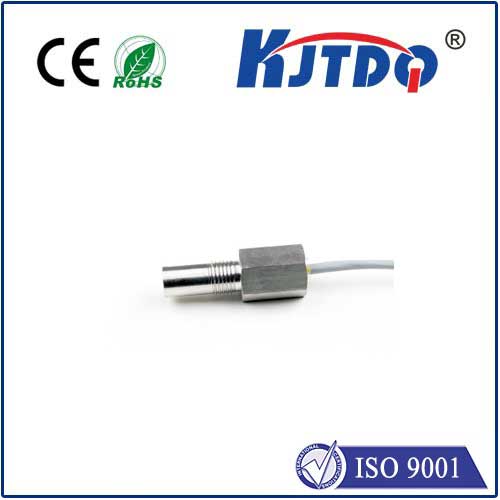

check

check

check

check

check

check

check

check

check

check
Title: Exploring the Importance of Cam Type Limit Switches in Industrial Automation
In the world of industrial automation, precision and control are paramount. One component that plays a crucial role in ensuring both is the cam type limit switch. This specialized mechanism is designed to detect the presence or absence of an object, triggering a signal that can be used to initiate or terminate various mechanical processes.
Cam type limit switches operate on a simple yet effective principle. As the name implies, these switches utilize a cam – a rotating or sliding piece with an irregular shape – to physically interact with the internal components of the switch. When an object comes into contact with the cam, it causes movement within the switch, activating electrical contacts and completing a circuit. This action can then be used to control motors, valves, or other devices within an automated system.

One of the key advantages of cam type limit switches is their ability to handle a wide range of applications. They are often employed in conveyor systems to monitor product flow, in packaging machines to control filling levels, and in robotic arms for precise positioning. The versatility of these switches makes them an essential tool for manufacturers across diverse industries.
Another benefit of using cam type limit switches is their durability and reliability. Designed for heavy-duty environments, they are typically constructed from robust materials such as metal or plastic, making them resistant to wear and tear. Additionally, many models feature IP (ingress protection) ratings, indicating their ability to withstand dust and water exposure, which further enhances their suitability for harsh industrial settings.
The installation process for cam type limit switches is generally straightforward. Many models come equipped with mounting brackets or screw holes, allowing for easy integration into existing machinery. Once installed, users can adjust the sensitivity of the switch by changing the position of the actuator arm, ensuring that it activates at precisely the right moment.
It's worth noting that while cam type limit switches offer numerous benefits, they may not be suitable for every application. For instance, if a system requires non-contact sensing capabilities, alternative solutions like photoelectric sensors might be more appropriate. Therefore, it's essential for engineers and technicians to carefully evaluate their specific needs before selecting any type of limit switch.
Maintenance requirements for cam type limit switches are relatively low compared to other types of sensors. However, regular cleaning and inspection are still recommended to prevent buildup of debris that could affect performance. Additionally, periodic testing should be conducted to ensure that the switch is functioning correctly and providing accurate feedback to the control system.
In conclusion, cam type limit switches serve as critical components in industrial automation by offering reliable object detection and precise control over mechanical processes. With their sturdy construction, ease of installation, and minimal maintenance requirements, they continue to be an indispensable part of modern manufacturing operations. As technology advances and industries evolve, the importance of these versatile switches is likely to grow, underscoring their significance in shaping the future of automation.
